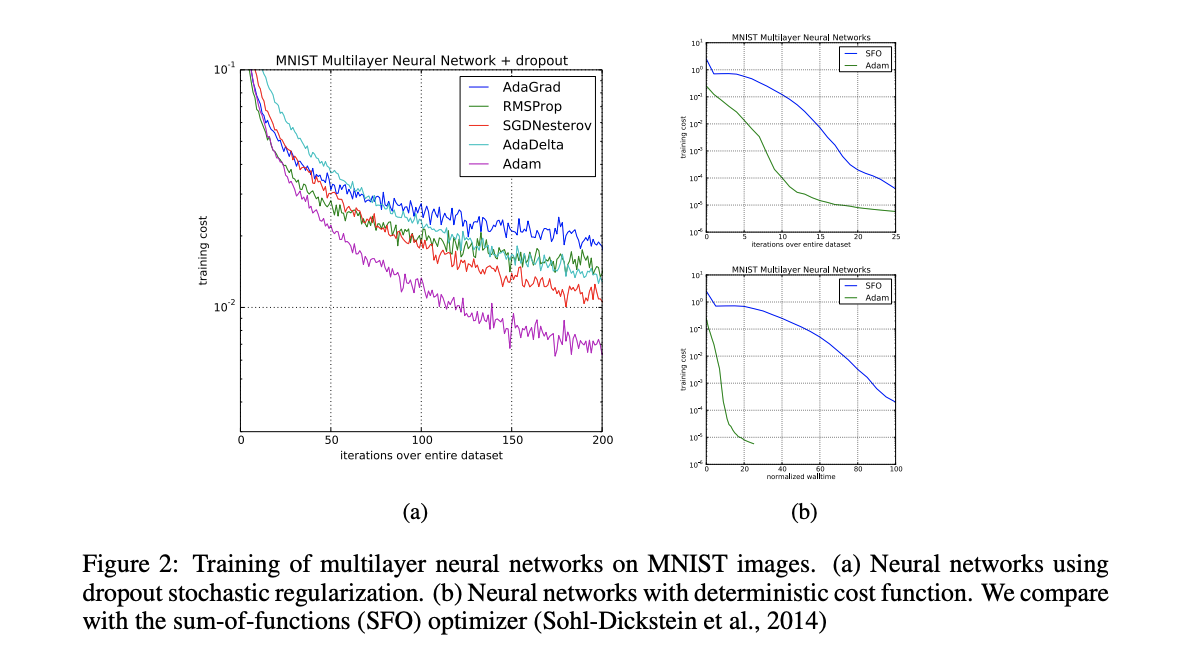Potential Applications of Adam Optimizer
- Chatbots: The Adam optimizer, being a popular and effective optimization algorithm, finds applications in a wide range of machine learning and deep learning tasks. Some of the common applications of the Adam optimizer include: Neural Network Training: Adam is extensively used to train various types of neural networks, including feedforward networks, convolutional neural networks (CNNs), recurrent neural networks (RNNs), and transformer models. Its adaptive learning rate and efficient convergence properties make it well-suited for optimizing the complex and high-dimensional parameter spaces of these models. Natural Language Processing (NLP): Many state-of-the-art models in NLP, such as language models, translation models, and sentiment analysis models, utilize the Adam optimizer. NLP tasks often involve large amounts of text data and complex model architectures, making Adam's adaptive learning rates beneficial for training. Computer Vision: In computer vision tasks, like image classification, object detection, and image segmentation, the Adam optimizer is commonly employed. CNNs, which are a cornerstone of computer vision models, benefit from Adam's ability to handle high-dimensional parameter spaces. Reinforcement Learning: Adam is used in reinforcement learning applications, where agents learn to perform actions in an environment to maximize cumulative rewards. Reinforcement learning models, such as deep Q-networks (DQN) and policy gradient methods, benefit from the adaptive learning rate mechanism of Adam. Generative Models: Generative adversarial networks (GANs) and variational autoencoders (VAEs), which generate new data samples, also use the Adam optimizer. These models involve training a generator and a discriminator simultaneously, and Adam helps stabilize the training process. Transfer Learning: Transfer learning involves training a model on one task and then fine-tuning it on another related task. Adam is often used in transfer learning scenarios, as it adapts to the new data distribution efficiently. Hyperparameter Tuning: The adaptive learning rate of Adam can be advantageous in hyperparameter optimization tasks, where you're searching for the best set of hyperparameters for a model. It can help speed up the search process by adjusting learning rates according to parameter sensitivities. Time Series Analysis: In time series forecasting and analysis, Adam can be useful for training models like recurrent neural networks (RNNs) and long short-term memory networks (LSTMs) to capture patterns in time-dependent data. Healthcare and Biomedical Applications: Adam is applied to various healthcare and biomedical tasks, such as medical image analysis, disease diagnosis, drug discovery, and predicting patient outcomes. Physics and Scientific Computing: In scientific computing and simulations, where complex models are used to simulate physical systems, the Adam optimizer can be used to fine-tune model parameters based on observed data.
